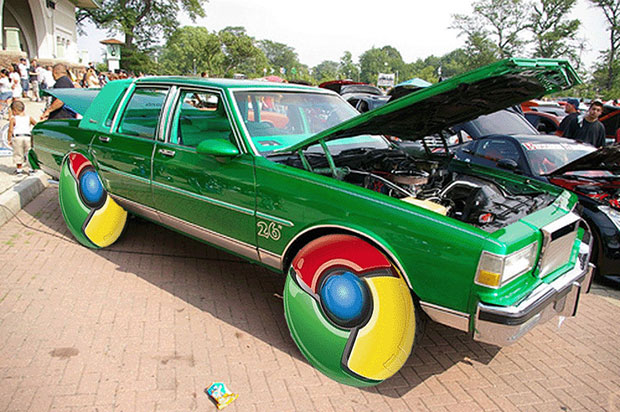Chrome 55 Muzzles Memory Usage, Cripples Flash And Continues Efforts To Crush Microsoft Edge

During its meteoric rise, Microsoft has done its best to assail Chrome and promote its Edge browser as the faster and more efficient choice for Windows 10 users. But with Chrome 53, Google gave Windows 10 users a 15 percent speed boost by using Microsoft Profile Guided Optimization (PGO) technology. Now, with Chrome 55, Google is putting the browser’s insane memory usage in check.
Chrome 55, which is available to download today via the stable channel, has significant changes to its V8 JavaScript engine that enable its parsers and compilers to use available memory more efficiently. Google’s optimizations mean that Chrome 55 reduces peak zone memory consumption by 40 percent on average, while heap size has seen a 50 percent decrease.

The newest version of Chrome also takes another step towards killing Adobe Flash, which is excellent news in our book. Chrome 55 defaults to HTML5, and only exempts sites that are Flash-only. “For those, you’ll be prompted to enable Flash when you first visit the site,” said Google’s Anthony LaForge back in August. “Aside from that, the only change you’ll notice is a safer and more power-efficient browsing experience.”
You’ll also find an array of bugs that have been squashed with Chrome 55, all of which you can examine on the official Chrome blog. Chrome 55 is currently available for Windows, macOS and Linux desktop platforms. It will soon be rolling out to Android and iOS users as well.

